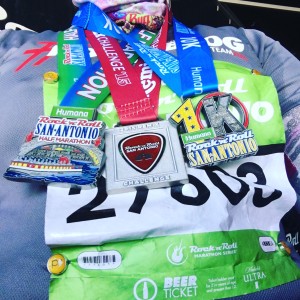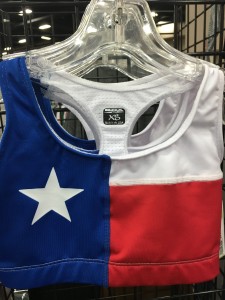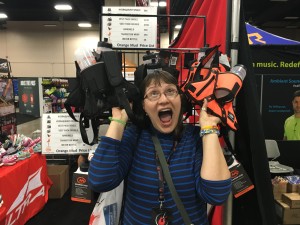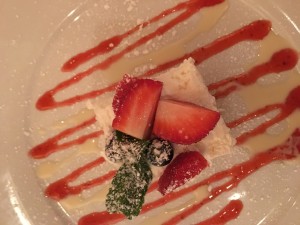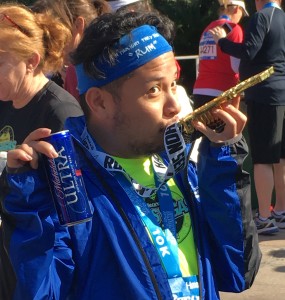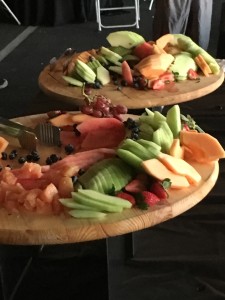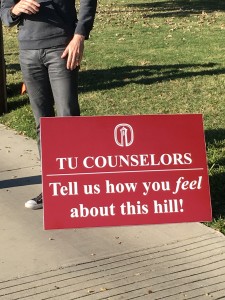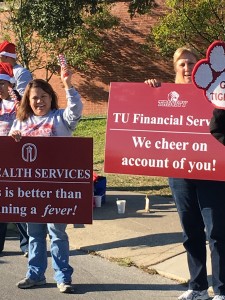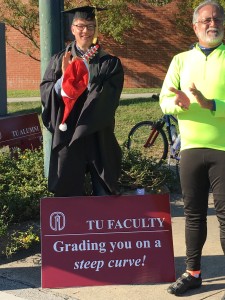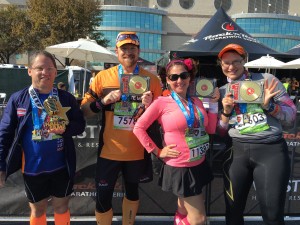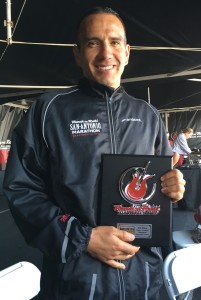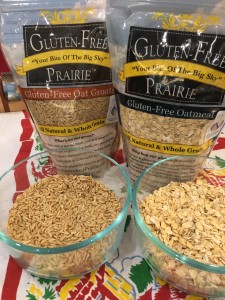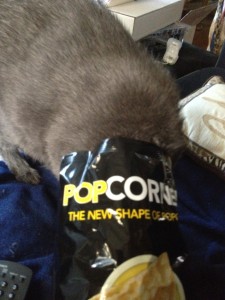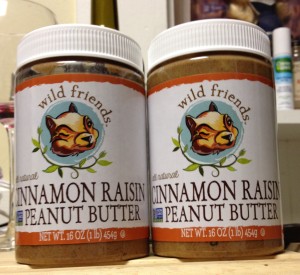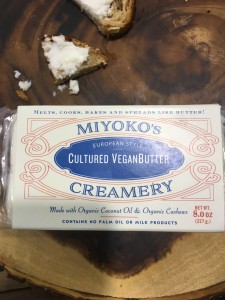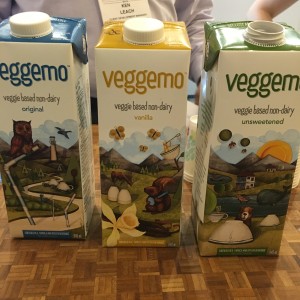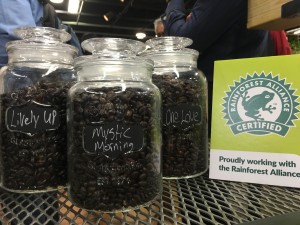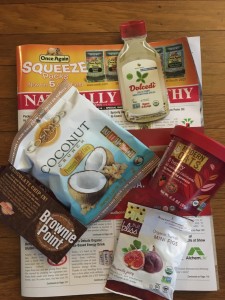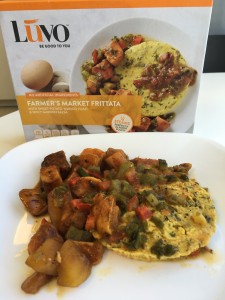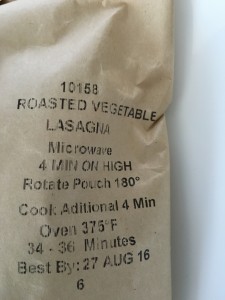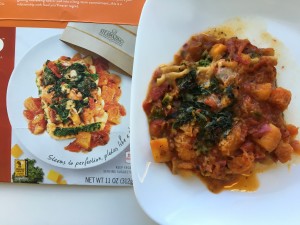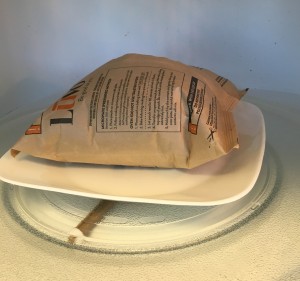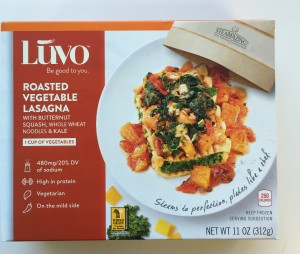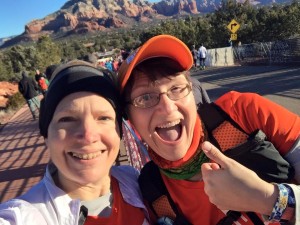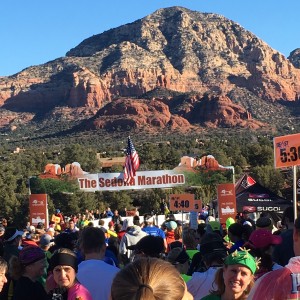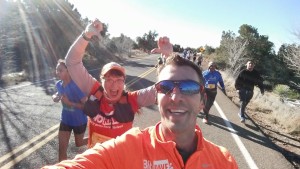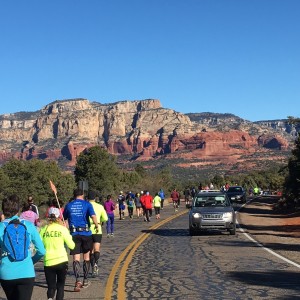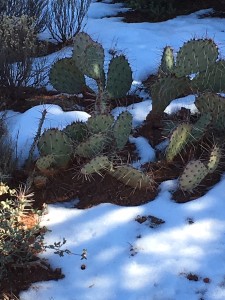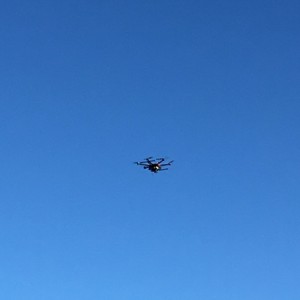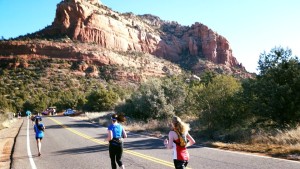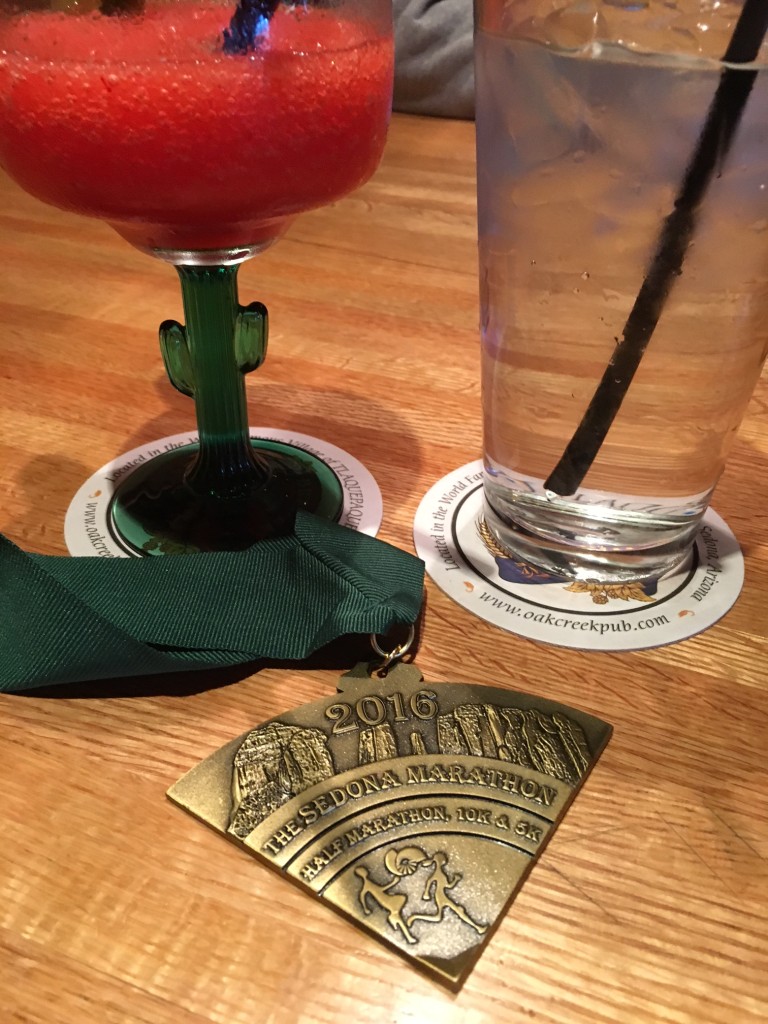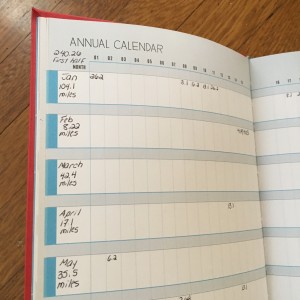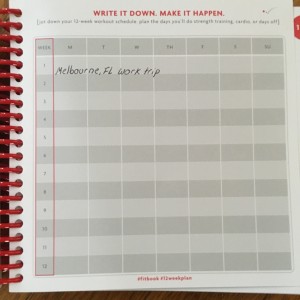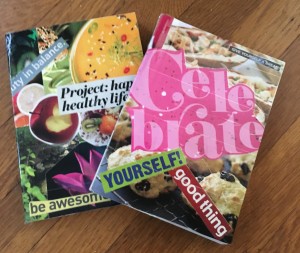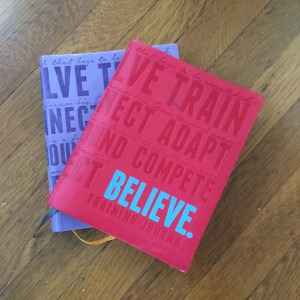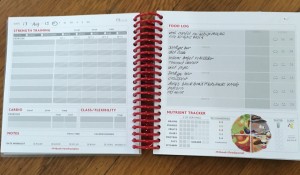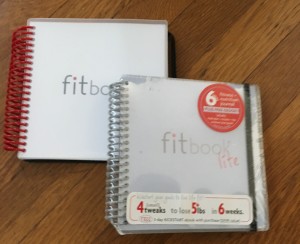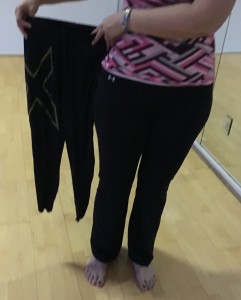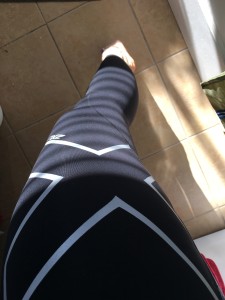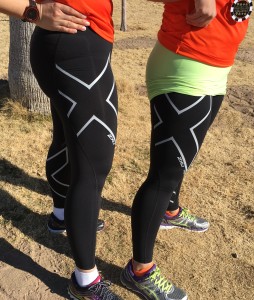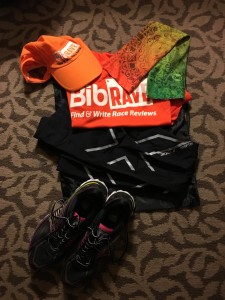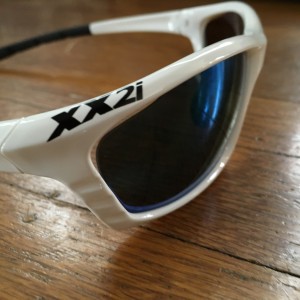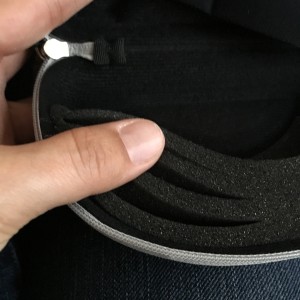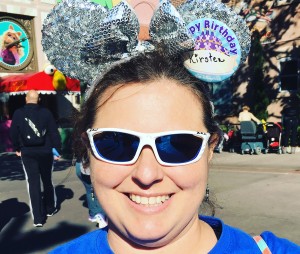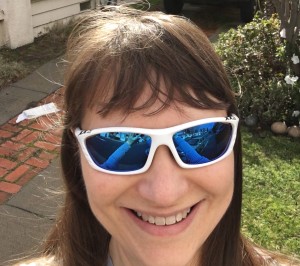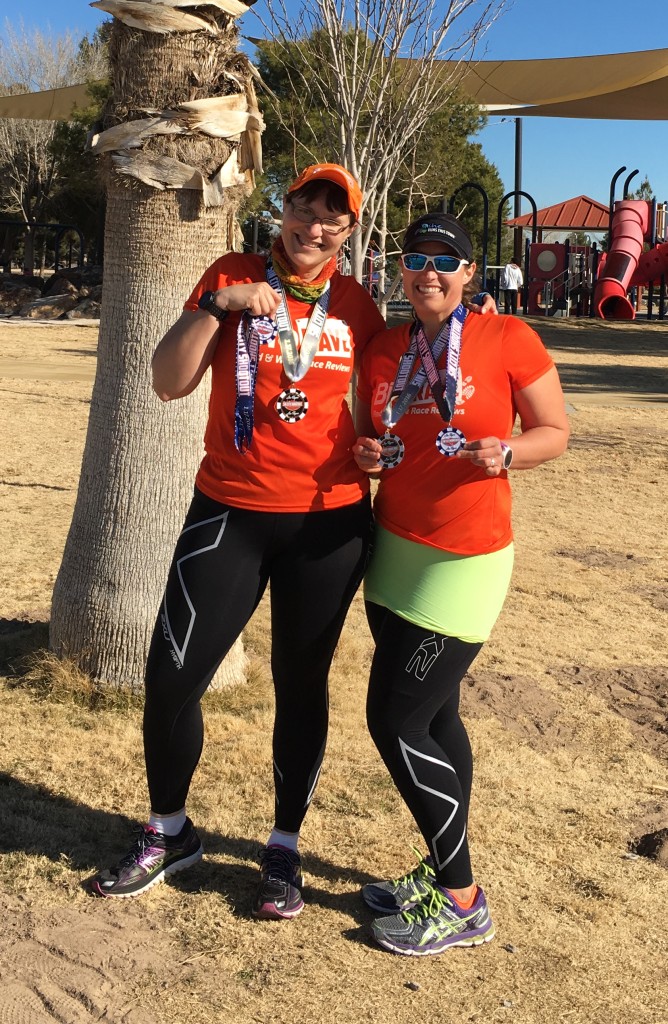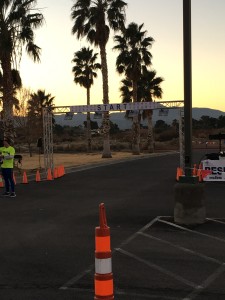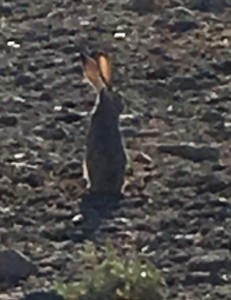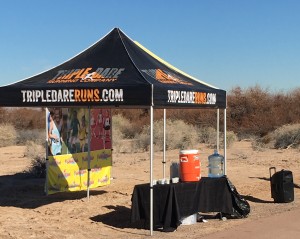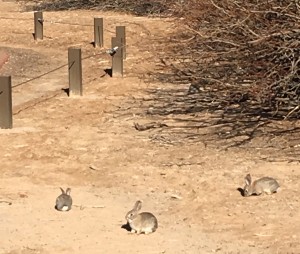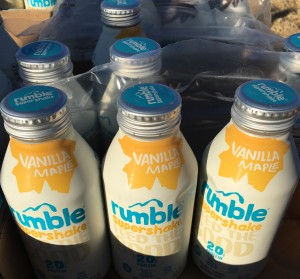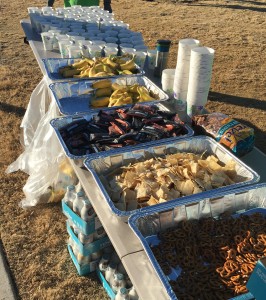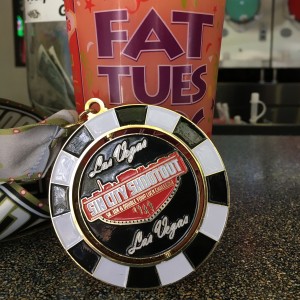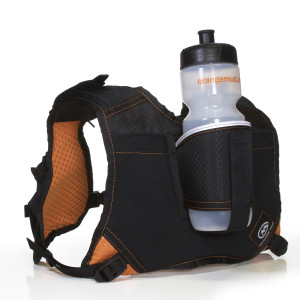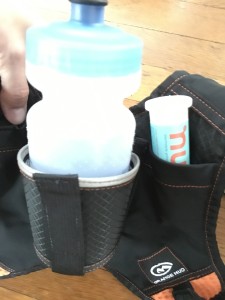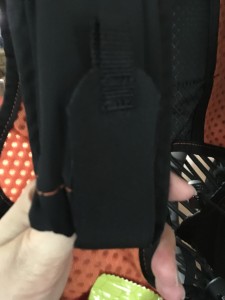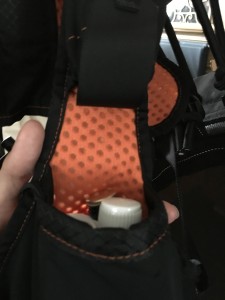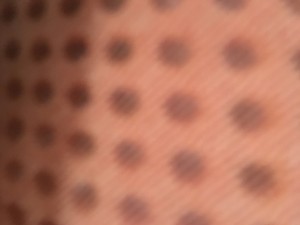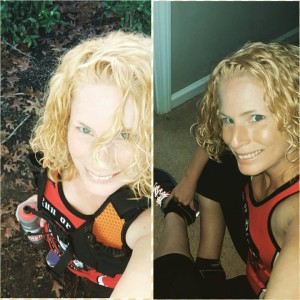Disclosure: I received a complimentary bottle of 2Toms Sport Shield for Her (and a few single use packets too!) because I am a BibRave Pro. (Per usual, all opinions are my own–you should know by now I don’t need any help with that, I’ve got plenty of ’em!) Learn more about becoming a BibRave Pro here. Read and write race reviews at BibRave.com! It’s a great way to choose between conflicting races, to help runners find the best races, and the help race directors improve each year.
Blisters are a built-in self-defense mechanism: you get them because your body is trying to protect you. Just like a million years of dripping water can carve a canyon, unchecked friction could rub your skin off. As friction works on your skin, the layers of skin tear apart from each other, creating space where there shouldn’t be any; your body creates a little pillow of fluid to fill the space as plasma or serum leaks out from the damaged cells. In outdated British slang, a “blister” is also an annoying person. Take precautions! Don’t annoy your skin!
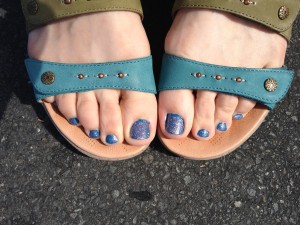
Since friction is the cause of blisters on your feet while you’re running, the obvious solution is to eliminate the friction. So stop running! (Kidding!!) Depending on your feet and the distance you are running you may not be able to completely eliminate the friction. If that’s the case, your goal is to reduce the friction as much as possible.
Runners’ blister prevention starts with shoes that fit properly, and socks that are NOT cotton and have wicking properties to take sweat away from your body. (Damp skin is more susceptible to blistering.) I’ve found that different shoes require different socks, so I now have quite the selection of running socks. Running form is a secondary factor for some people; if you grip with your toes while you run, you’re highly likely to get blisters (eventually callouses) on the tips of your toes. For shorter runs, all I need to stay blister-free is my run shoes, running socks, and a reminder to relax my toes when I go faster.
(By the way, in case you’re wondering: blisters are annoying, but can also lead to very serious problems. Blisters can become infected with all sorts of bacteria, including MRSA. Trust me, 1.5 ounces of Sport Shield is less expensive than whatever it costs to treat an infection.)
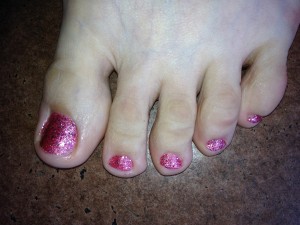
Once I’m running longer than 10k, it’s time to up the ante. That’s because the longer the run, the more heat the body generates, and the more sweat the body uses to cool down. Increased heat and moisture make blisters more likely. (Runner’s World points out that this is why many runners only have blisters during races.) How you hydrate during a race can also affect blister formation by affecting fluid retention. Extremely minor friction that doesn’t bug me at a mile or five could be very painful at mile 12 or 21. (Think back to that dripping water: a day probably won’t do much. Duration matters.) In addition, a longer run means more pounding on the feet, and a greater likelihood that the feet will swell up in response. My pinkie toes are pretty much triangular and slide almost entirely underneath the next toe neighbor, resulting in a bottom-of-the-toe blister that, when aggravated, can all but encapsulate that toe. Here’s where blister prevention products come in.
Prior to taking up running, my blister-prevent regimen for long walks consisted of petroleum jelly and a lot of bandaids. It was messy and inefficient. Then I started running, and was introduced to wax-based anti-chafing products like Body Glide. While I prefer those over Vaseline, I find that on cold race-mornings it can be hard to spread on, leaving me with lumps of product in some spots and not much in others. I’d never tried a liquid anti-chafing product until BibRave introduced me to 2Toms Sport Shield.
Sport Shield comes in a roller-top bottle like liquid deodorant. Sport Shield for Her, the product I tried, comes in a 1.5 ounce package, so I can easily pop it into my carry-on bag when I fly out for a race without TSA assuming I’m a terrorist. It is also available in single use packets (though I found the towellette in the single packet was good for more than one use).
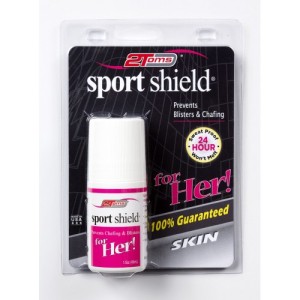
The main ingredients are dimethicone and shea butter. Dimethicone is a silicone-based polymer (“polymer” just means big molecule that has several–poly–smaller units stuck together) with an oil-like feel to it. It creates a protective barrier on top of the skin, both preventing moisture that is already inside the skin from getting out, and reducing friction. Dimethicone spreads easily, which is why it is used in many types of body lotions, shampoos, and other products. It is FDA approved for use in body care products, and limited use in food products; the Environmental Working Group’s Skin Deep database lists it as a low-risk ingredient, with all of the concerns basically related to what might, maybe, possibly happen if you eat too much of it. (Note to readers: Skin Shield isn’t food. It is an anti-friction, anti-chafing, anti-blister product you apply externally to the areas where you experience friction. The instruction specifically state it is for external use only, don’t swallow it–this isn’t a lipcare product–and don’t use it on broken skin.)
The main concern most skincare consultants seem to have about dimethicone is that using it daily–like in a body lotion–can cause your skin to become more dry because it does not sink into your skin, but sits on top of it. In Sport Shield, that effect is neutralized by shea butter. Shea butter is fat extracted from the nut of the African shea tree. It is used in lots of moisturizing products like The Body Shop’s shea body butter, and in Alaffia skincare products. It melts at body temperature, sinks right into the skin, and binds with water to keep it in the skin. (Note to readers: some shea butter is edible. This product is not edible.) The other ingredients in Sport Shield for Her are also known for their skin-soothing and moisturizing properties: calendula extract, green tea extract, horsetail plant extract, aloe vera extract, Vitamin E. By the way, Sport Shield for Her is vegan–NO animal products! (The Sport Shield product–not Sport Shield for Her–is made of dimethicone, aloe vera extract, and Vitamin E. So if you’re opposed to plant extracts, or dislike shea butter, just order the dude version.)
Sport Shield delivers the goods. In my experience, the combination of dimethicone and shea butter is perfect. The shea butter keeps my skin hydrated, while the dimethicone forms a protective layer on top to prevent friction. I liked the roll-on format, as it spread thinly and evenly over my skin without any effort and I didn’t have to get my hands messy. It is unscented, or at least I didn’t detect any smell at all.

Here’s how it held up to the claims on the label:
- “Provides 24 hour protection against rubbing & friction.” Honestly, I didn’t do anything for 24 hours during this test, but I generally don’t! It lasted through runs up to half marathon length–the longest I ran during my test drive–without any problems. Check.
- “Sweatproof & waterproof.” It didn’t seem to wear off or rub off, even as my feet got hot and sweaty. Check. (It does wash right off with soap and water.)
- “Creates an invisible, silky smooth protective barrier.” Once on, it’s invisible. I suppose if you look really hard you can see the difference between an area I applied it to and one that I didn’t, but I really don’t want anyone that close to me while I’m running. Check.
- “Non-staining, non-toxic.” I mainly run in white socks. They stayed white (save for the dirt from running on unpaved surfaces)–no visible stains. My skin didn’t show any reaction (it might if you are allergic to any of the ingredients). I didn’t find any credible, science-based information anywhere stating the ingredients are toxic. Check.
Added bonus: a little really does go a long way. This bottle will last months, if not all year. By the way, there is a 100% 2Toms Guarantee. If you don’t like it, just send the unused portion and a receipt back to 2Toms, and they will issue a refund. Plus you can score a sweet 20% discount using code 2Toms20 to buy 2Toms products. The discount is good through the end of April 2016.
2Toms also makes other products, though I only tried this one. In addition to preventing blisters on my feet, I also used the product to prevent pantyhose chafing. (If you are a woman with legs of a certain length, there are no pantyhose in the universe that fit properly.) It worked well, and I went chafe-free through my day in court. Faith Fitness Fun tried out Sport Shield on some non-feet body parts. Run Wifey Run did a video review of Butt Shield, which could be a great stocking stuffer for the cyclist or triathlete in your life.
Assuming I figured out the HTML bits, here’s a video by 2Toms on how to prevent chafing:
P.S. For a ridiculously detailed guide to blisters–more than you ever need to know–check out Blister Prevention. If you have a blister in a weird location that doesn’t respond to anything you’ve tried to prevent it, the answer is probably there. (Yes, there is an entire guide to blisters by the location where they form.)
